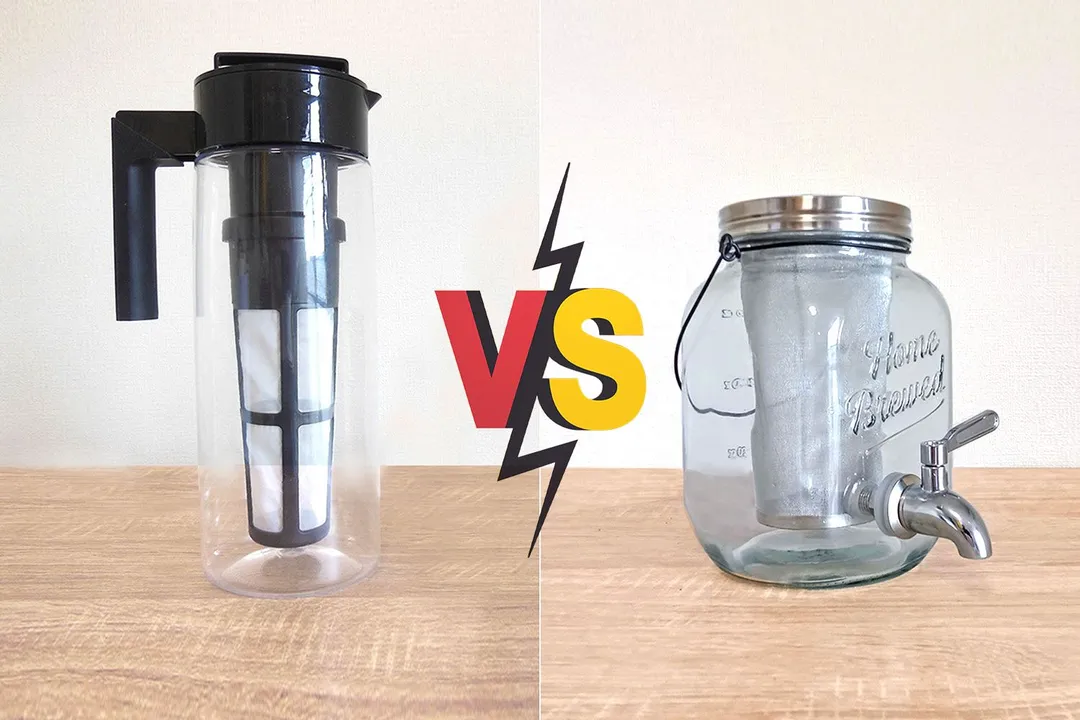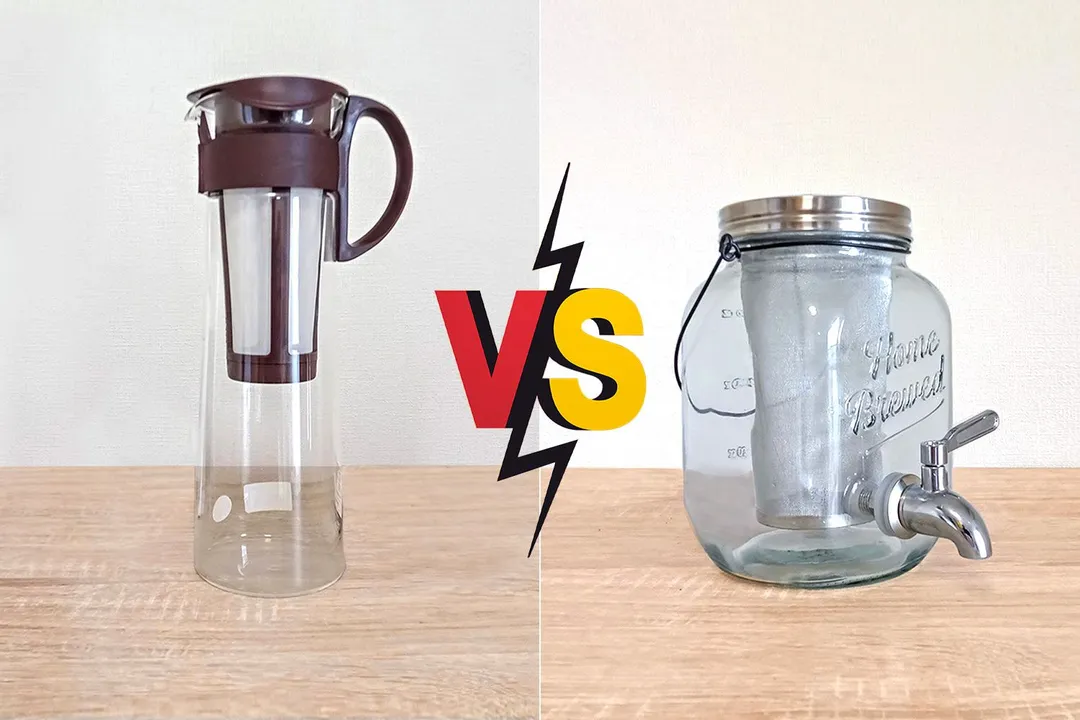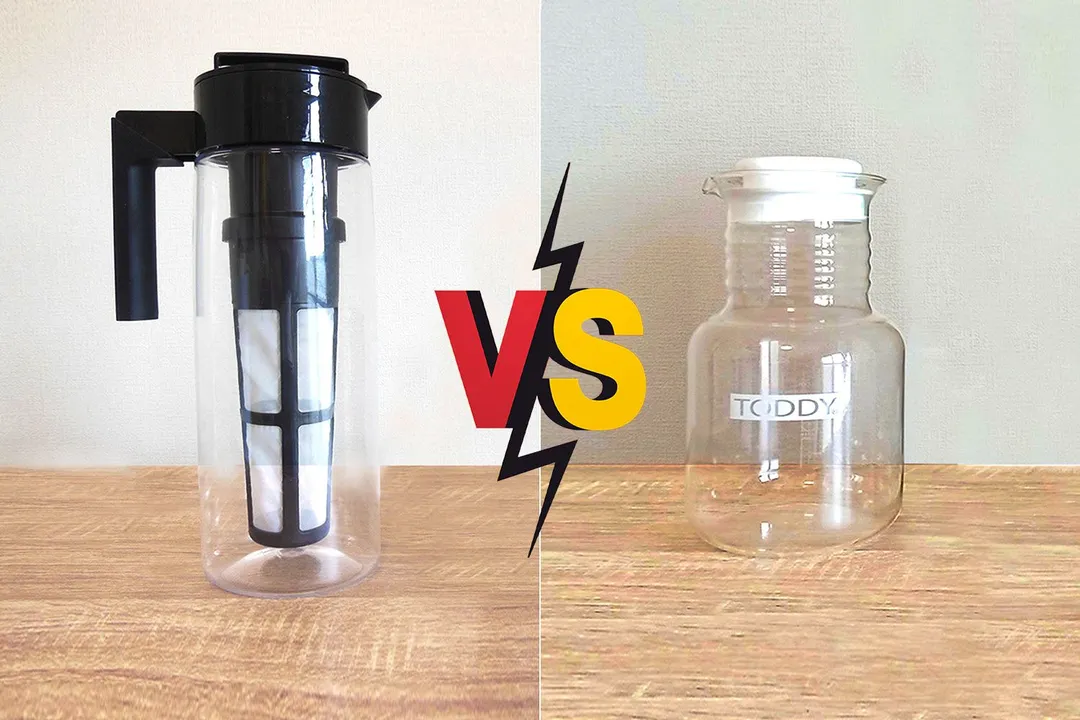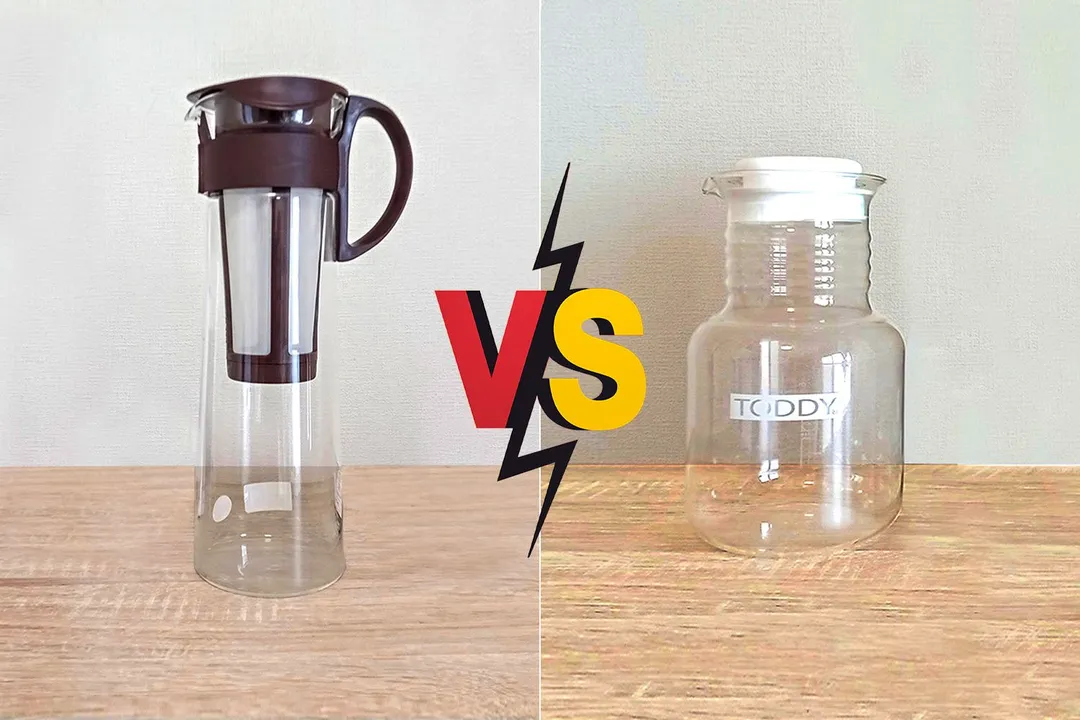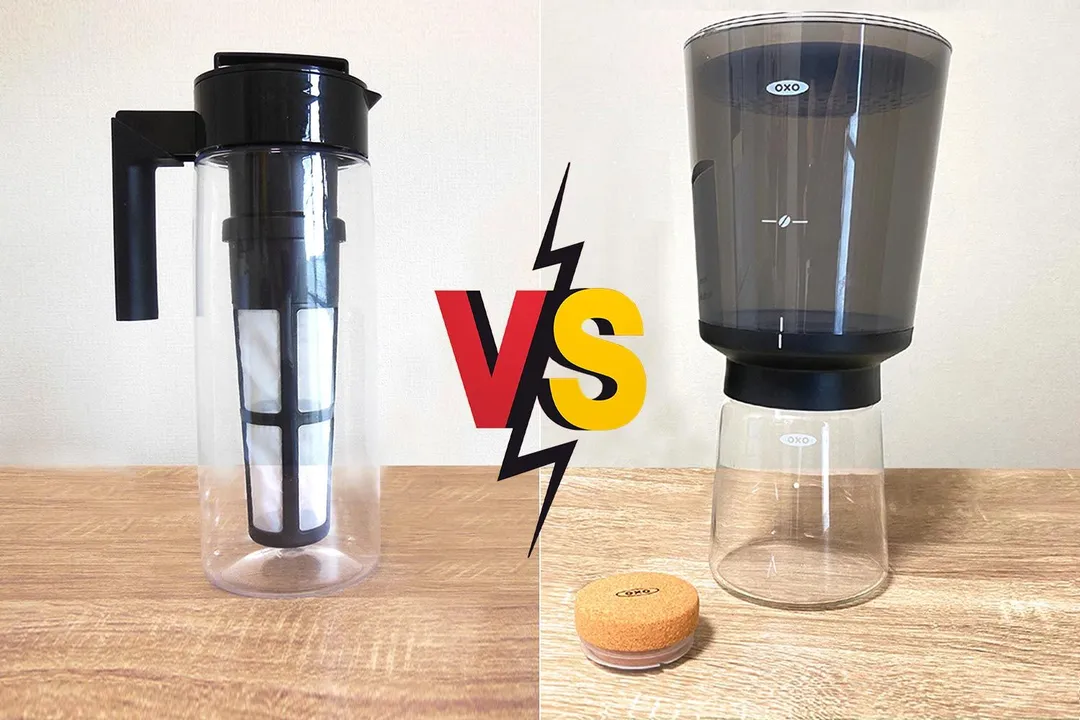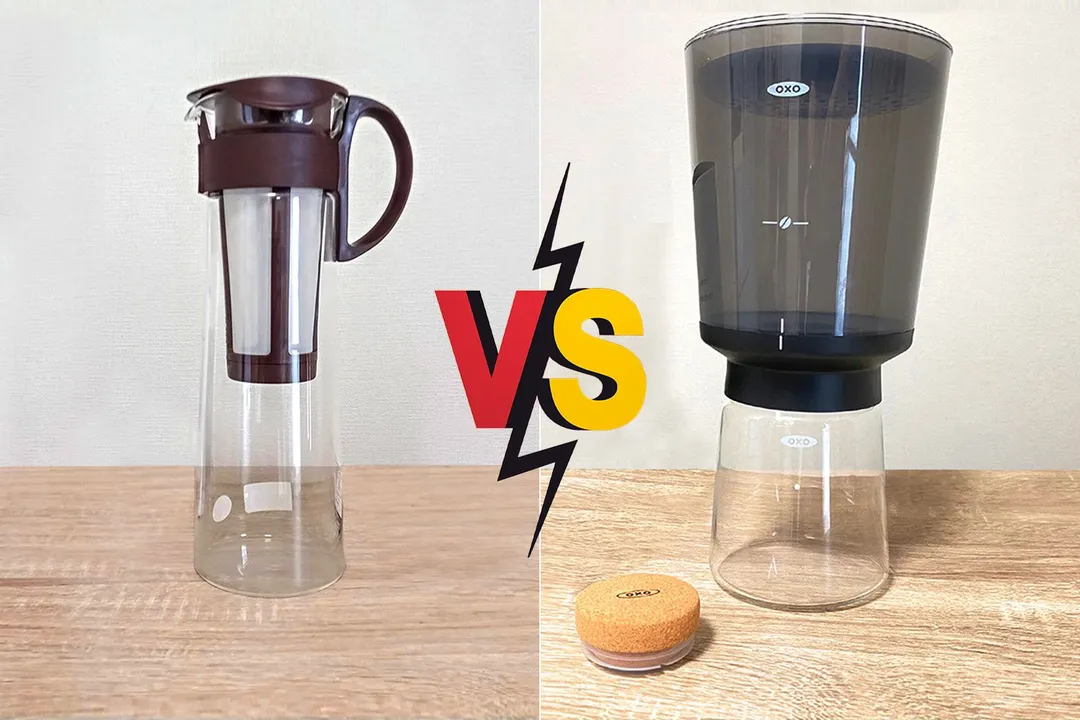Our recommendations are made independently through Research & Testing. We may receive commissions from purchases made via our links.
Hario Mizudashi vs Takeya Side-by-Side Comparison
Hario Mizudashi cold brew coffee maker vs Takeya. Two Japanese manufacturers with two very different concepts of a cold brew coffee maker.
Hario Mizudashi
Tested Using Methodology v1.0Takeya
Tested Using Methodology v1.0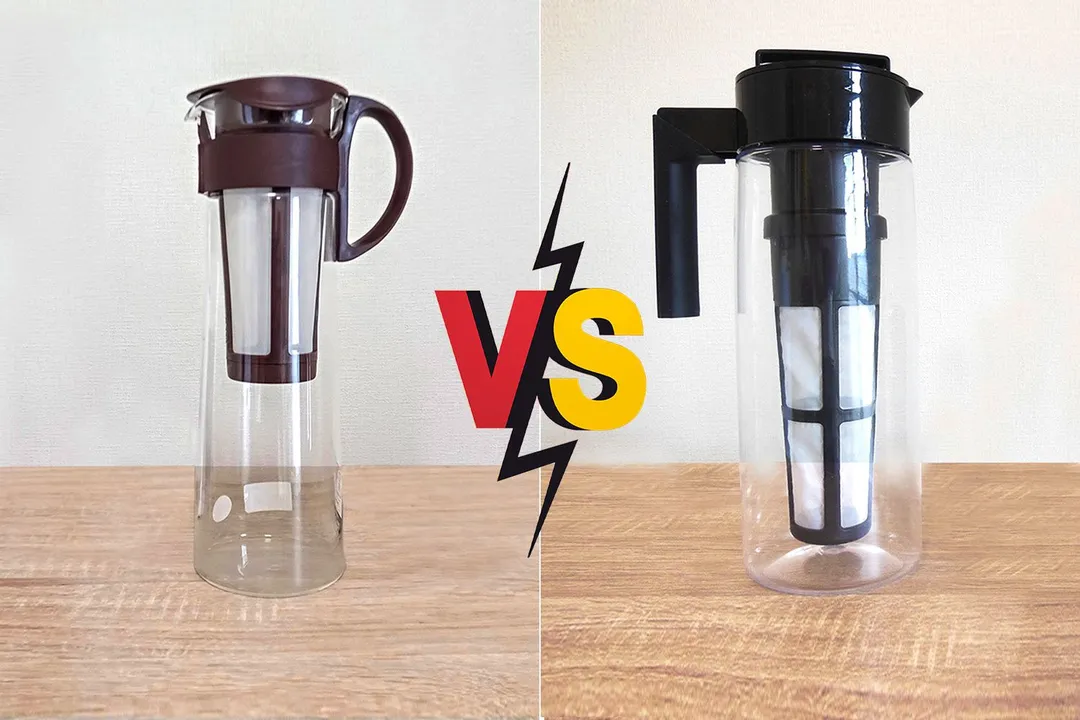
Overall Verdict
The Hario Mizudashi is a product by one of Japan’s leading coffeeware manufacturers, Hario. The tall, slender glass carafe is quite attractive and will fit even a small refrigerator door. The delicate glass makes cleaning cumbersome, but the filter has a removable base.
Despite its attractive looks, the short filter of the Hario Mizudashi and its brew ratio (1:14) does not produce a worthwhile cold brew and the vessel itself is not airtight. For these reasons, we do not recommend the Hario.
The Takeya, on the other hand, is a very convenient design that is also well executed. The unique filter, with a 1:9 ratio, screws into the lid and you can shake the vessel during brewing and even lay it on its side. The Takeya is lightweight and made in the USA from highly durable Tritan plastic. Its drawback is the number of parts it separates into for cleaning.
Pros & Cons
- Attractive brew decanter
- Easy-to-clean filter
- Color choice
- Hot or cold brewing
- Air tight brew decanter
- Cold or hot (tea) brewing
- BPA-free
- Dishwasher safe
- Durable & light weight
- 1 and 2 quart sizes
- Color choice
- Not airtight
- Odor contamination
- Poor brew quality
- Inadequate packaging
- Included instructions inadequate
- Filter cleaning
Key Specs
Where to Buy
*You help support HealthyKitchen101's product testing and reviews by purchasing from our retail partners.
Analysis and Test Results
Brew Quality
Bouquet
Drinkability

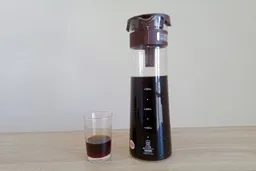
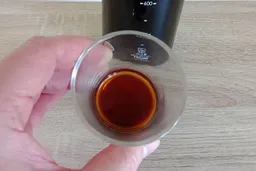

Sediment
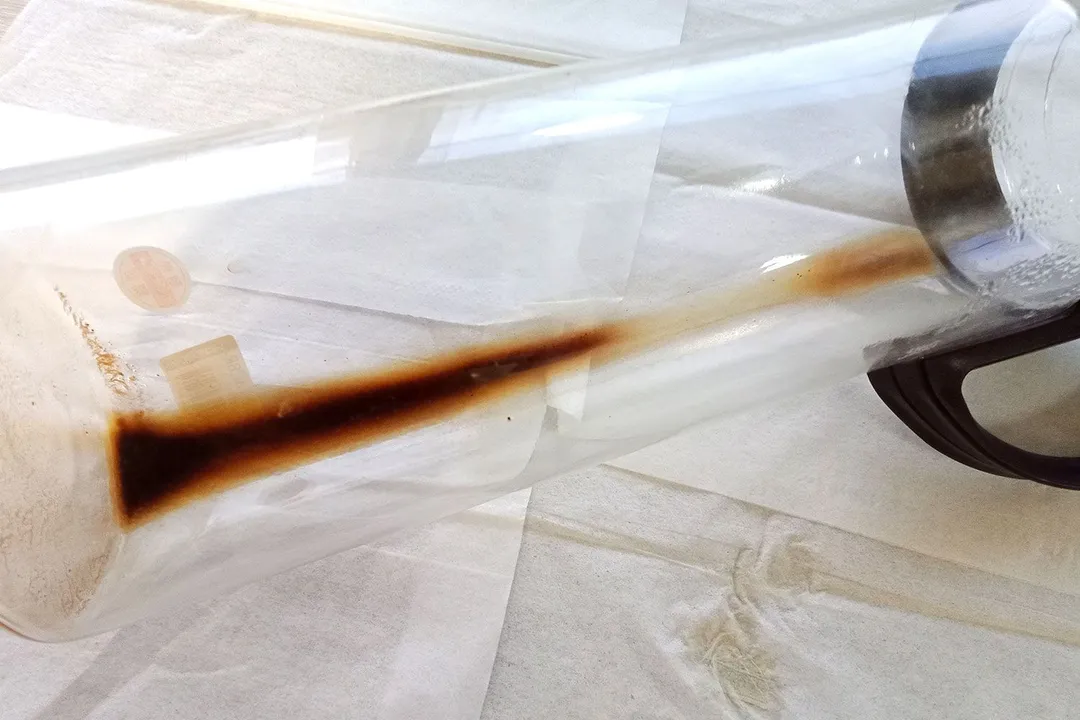

Design
In the Box
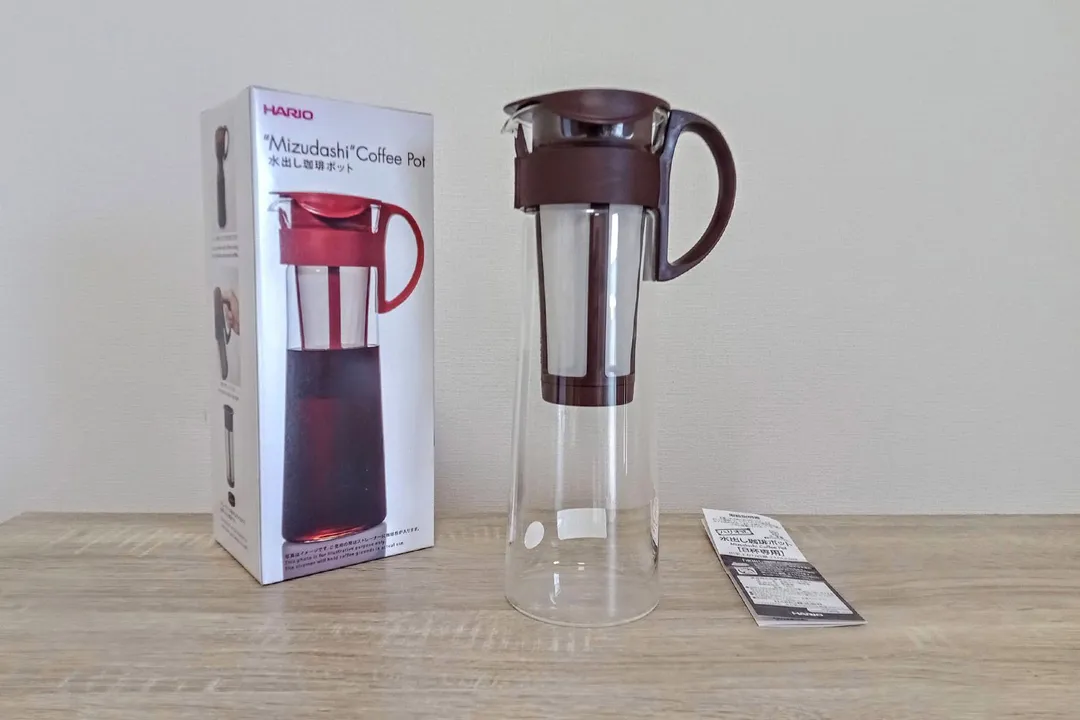

Decanter

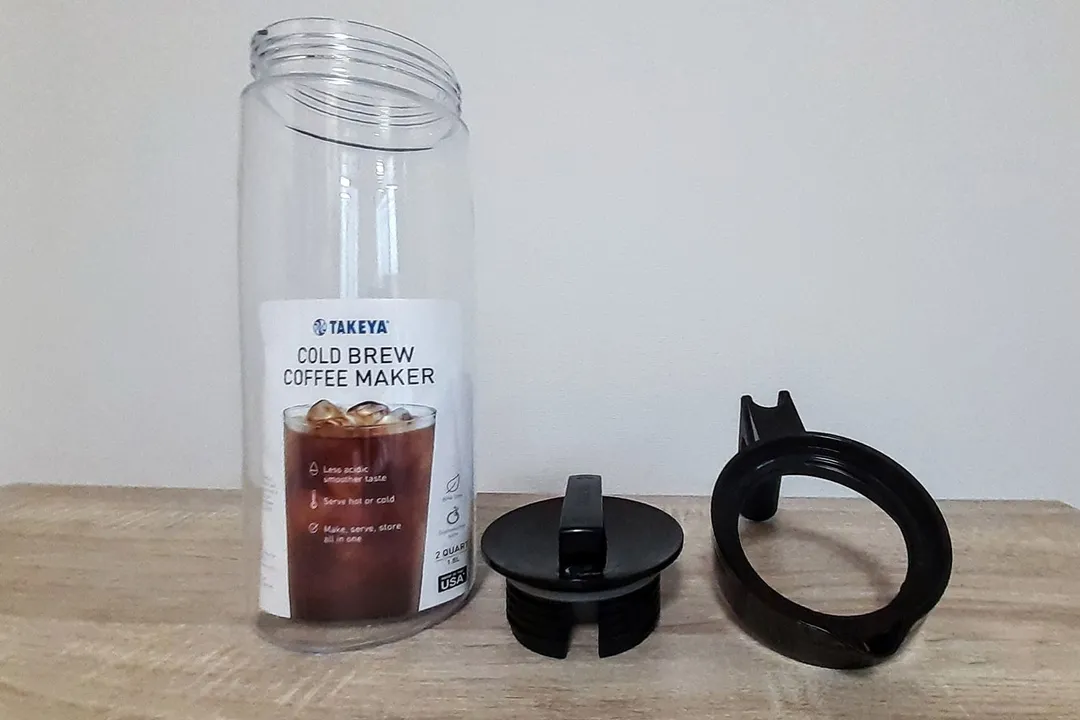
Stopper / Lid
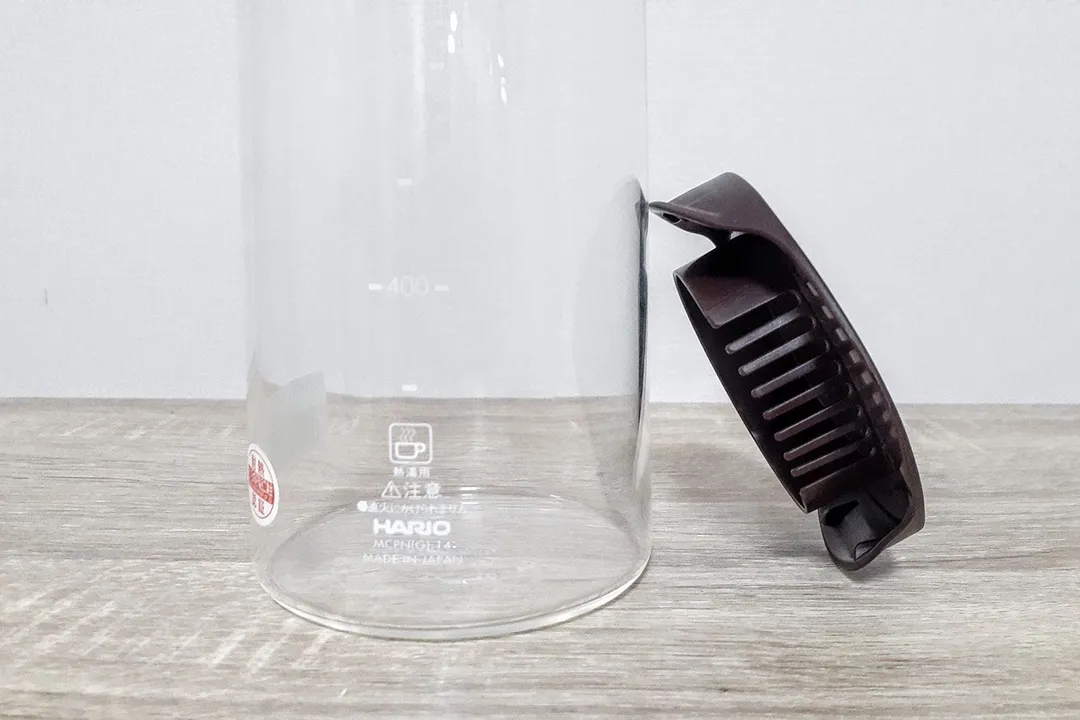

Filter
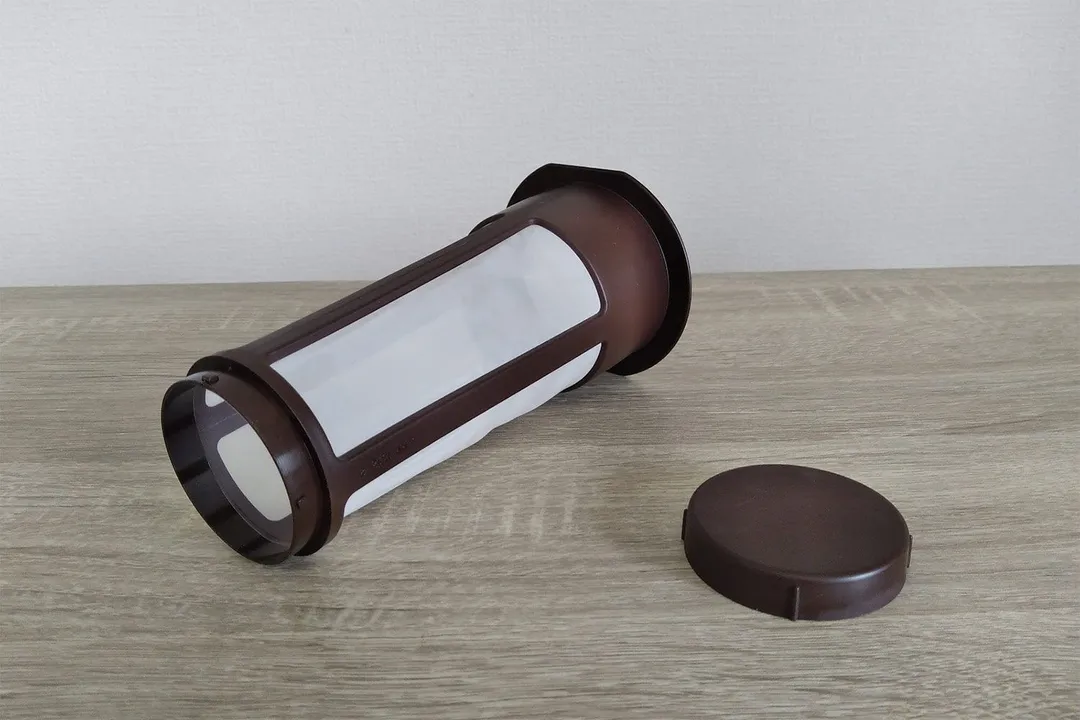

Build Quality
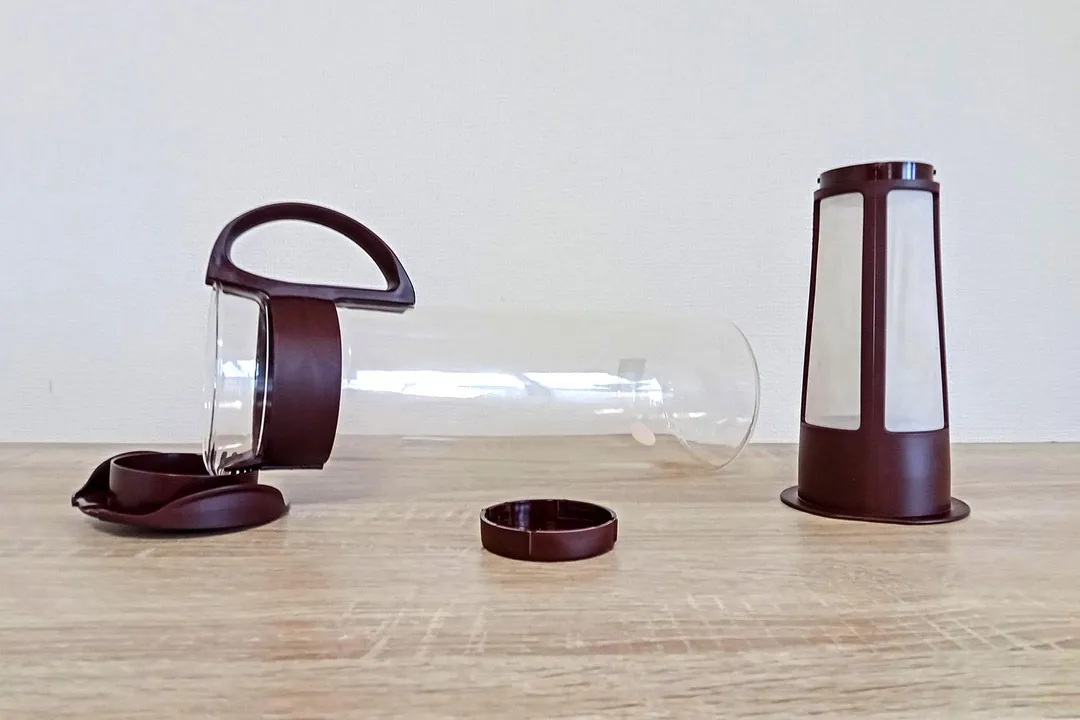

Usability
Brewing
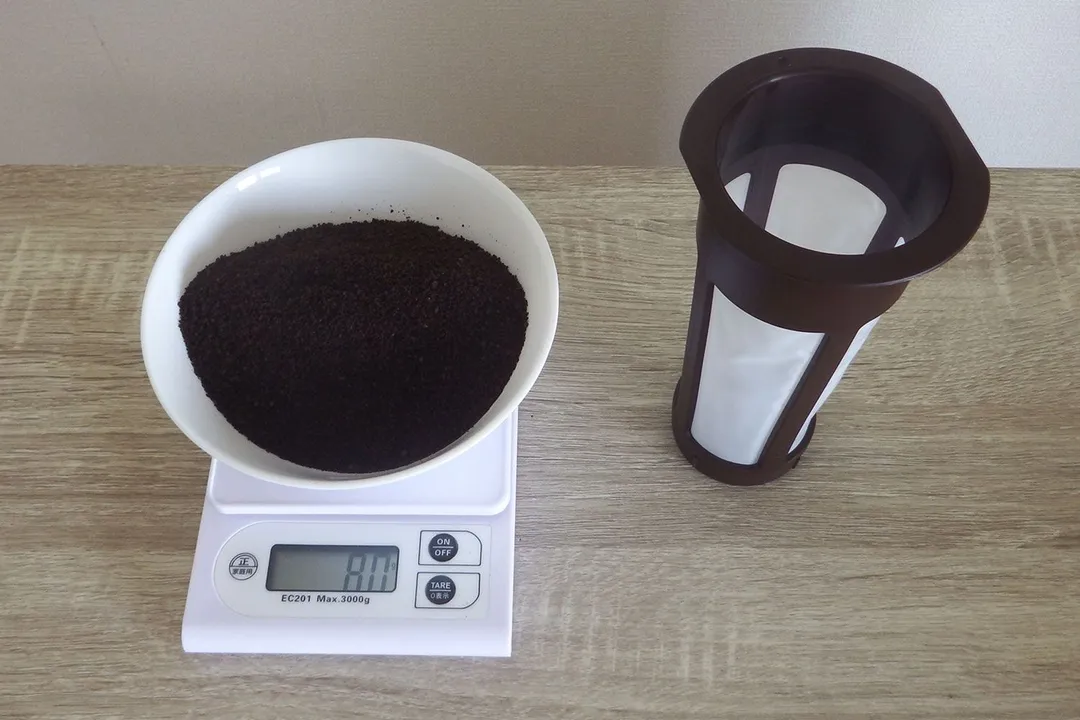
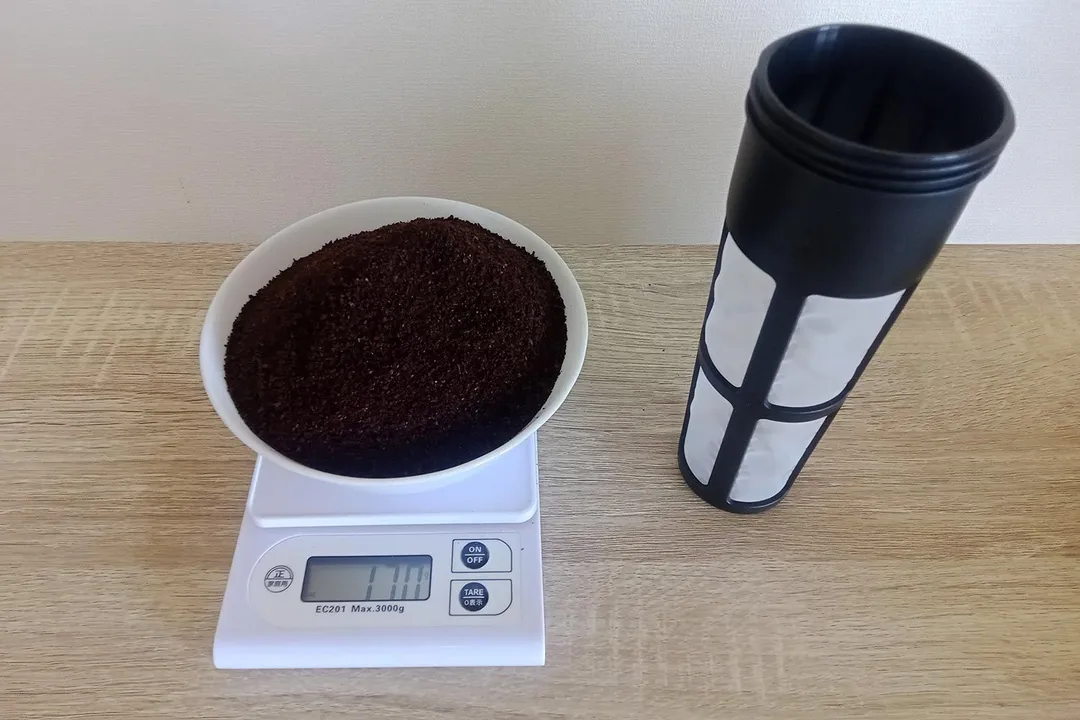
Decanting
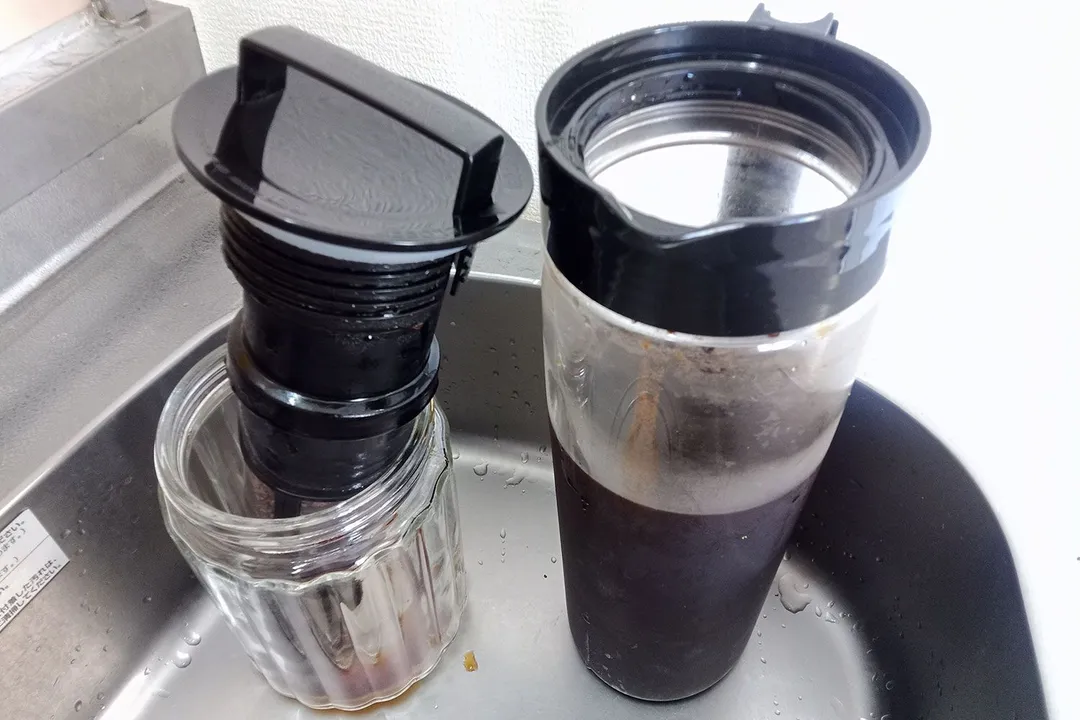
Cleaning and Storage
Behind the Comparison
Roger Shitaki is a writer, author, and editor. His niches are household appliances, health & wellness, and travel. He’s a freelance contributor to a Tokyo lifestyle website and a leading ophthalmology magazine in Asia.

